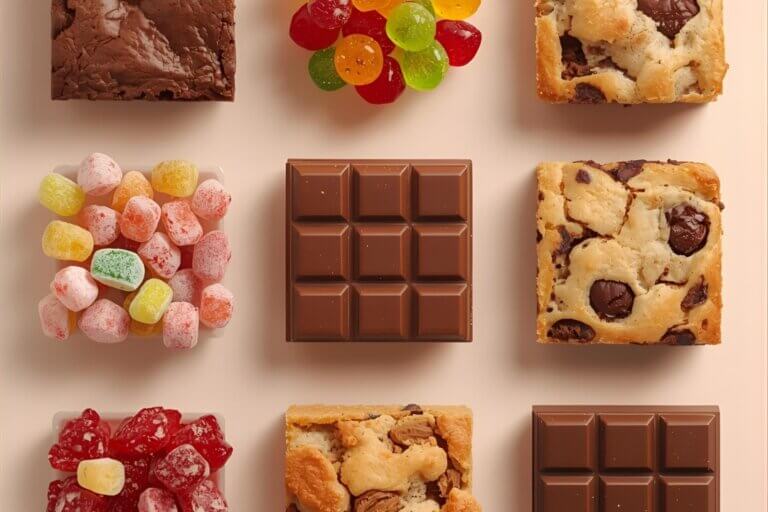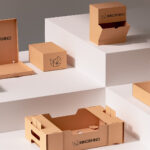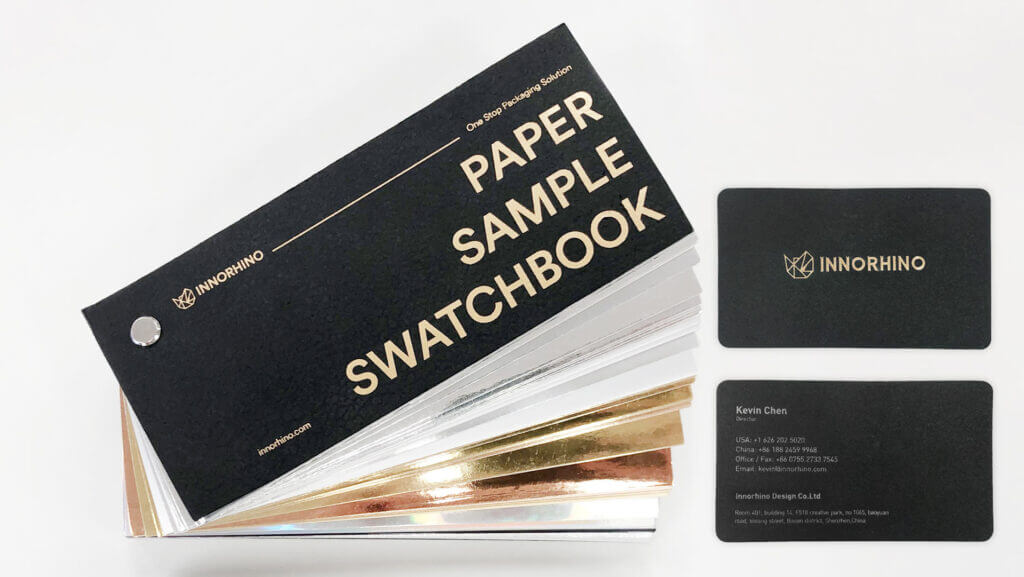- Introduction— Packaging for Cannabis Edibles
- Tip 1 — Go Custom: Cannabis Edible Packaging That Stands Out
- Tip 2 — Match Each Edible with Its Perfect Packaging (Recommended List)
- Tip 3 — Make Child-Resistant (CR) Packaging a Priority for Edibles
- Tip 4 — Elevate Your Edibles Packaging with Finishes and Special Effects
- Tip 5 — Work with a Trusted Packaging Supplier
- Conclusion
Introduction— Packaging for Cannabis Edibles
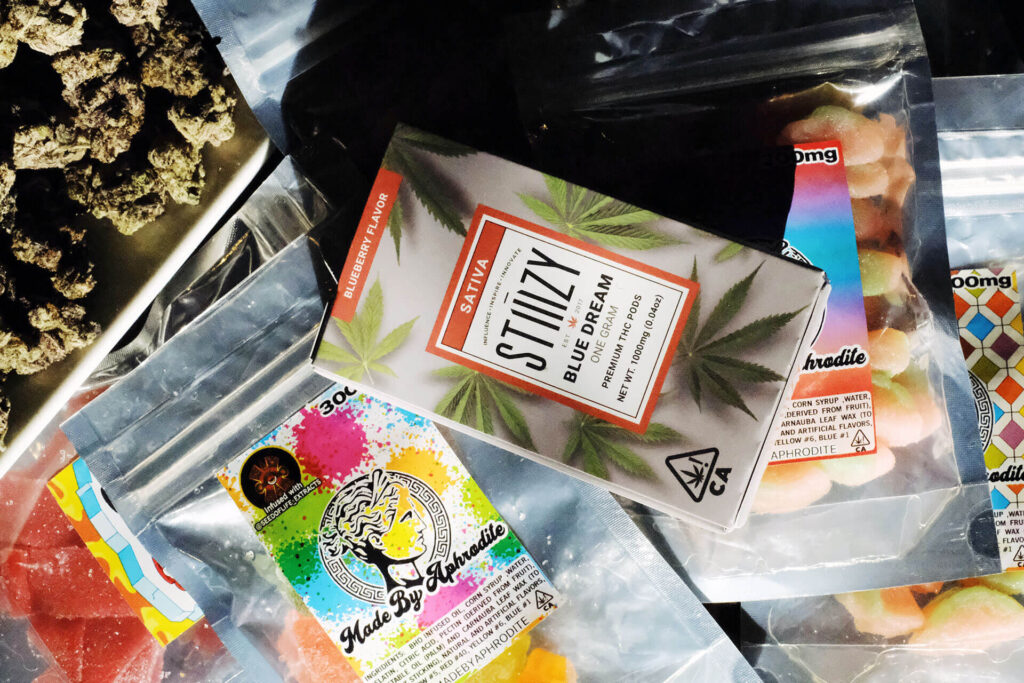
The cannabis edibles market is booming—from gummies and chocolates to beverages and baked goods. As competition intensifies and new product formats emerge, differentiating on the shelf and ensuring compliance have never been more important. This is where custom cannabis and marijuana edibles packaging plays a critical role.
Whether you call them cannabis edibles or marijuana edibles, the right packaging strategy makes all the difference. This article walks you through a 5-step tip checklist that every cannabis brand or marijuana business should follow to succeed in the edibles space.
Tip 1 — Go Custom: Cannabis Edible Packaging That Stands Out
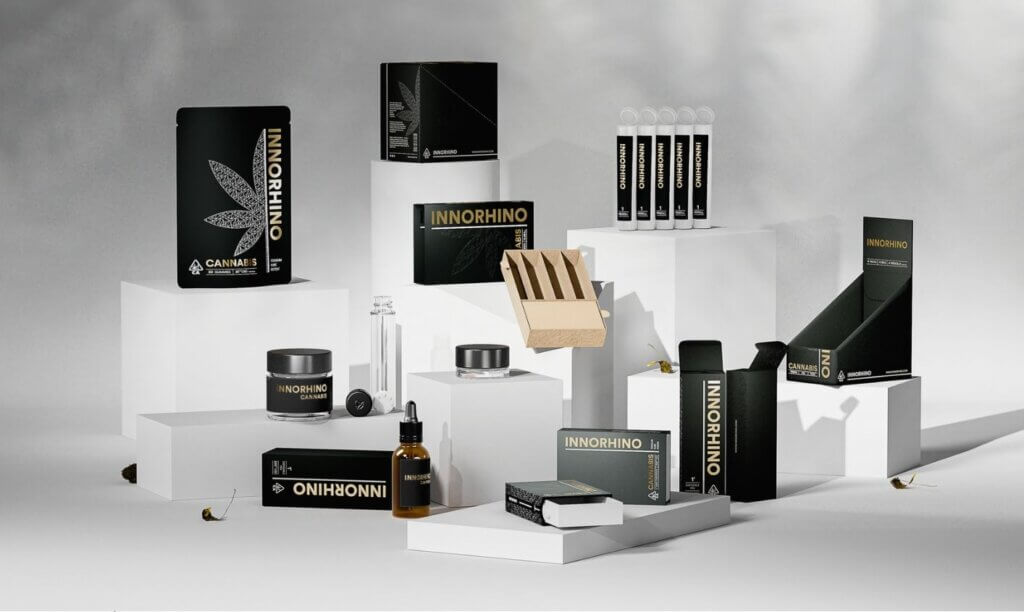
Why Custom Packaging Matters
In a crowded cannabis edibles market, generic packaging won’t make your products stand out. Custom cannabis packaging not only highlights your brand identity but also delivers real value. Here’s why it matters:
- Responding to New Product Formats: Custom packaging adapts to emerging edibles types, maintaining freshness and compliance.
- Brand Recognition: Unique colors, shapes, finishes, and logos make your edibles instantly recognizable.
- Product Protection: Custom inserts and packaging formats keep products fresh and secure.
- Consumer Experience: Memorable unboxing communicates quality and demonstrates your brand’s dedication.
- Compliance & Functionality: Tailored designs ensure child-resistance and meet regulatory requirements across regions.
With custom packaging, your products leave a strong impression, encouraging repeat purchases.
Tip 2 — Match Each Edible with Its Perfect Packaging (Recommended List)
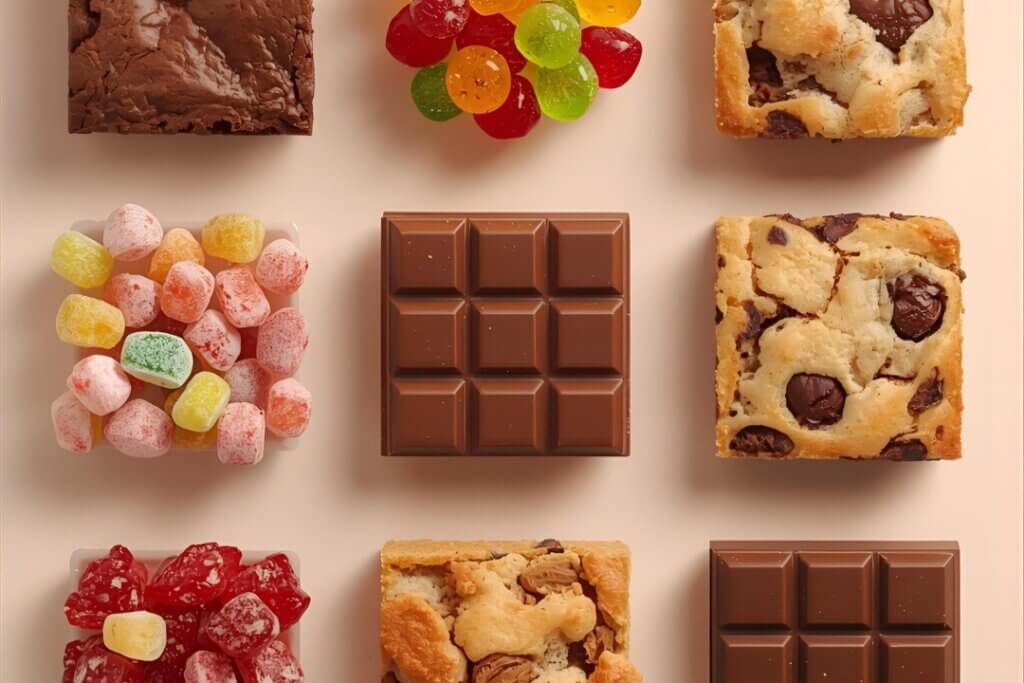
Top 7 Packaging Options for Edibles
Choosing the right packaging depends on both the form of the edible and the consumer experience you want to deliver. Different edible types have unique requirements—such as maintaining freshness, ensuring child resistance, enhancing brand appeal, and providing portability.
Common Types of Cannabis Edibles
- Gummies & Mints
- Chocolate Bars
- Baked Goods (cake, brownies, …)
- Hard Candies & Lollipops
- Capsules & Lozenges
- Beverages (infused drinks, shots, sodas)
Recommended Matched Packaging Items
Next, we present the recommended packaging items for each edible type. Pairing the right packaging with your product not only helps you stay compliant but also ensures your edibles stand out on the shelf.
#1 Mylar Bag
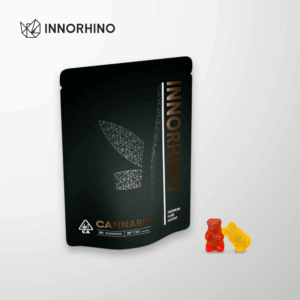
| Best for | THC gummies, chocolate bars, brownies and baked goods, hard candies, lollipops, etc. |
| Highlights | Child-resistant ziplock closure, lightweight, resealable, odor-proof, and budget-efficient. |
| Popular Customizations | LOGO printing and branded shape die-cut, foil stamping, stickers, and more. |
| Notes | – Available in flat or gusseted-bottom formats – Often paired with a shelf display box for retail presentation. |
#2 Drawer Paper Box
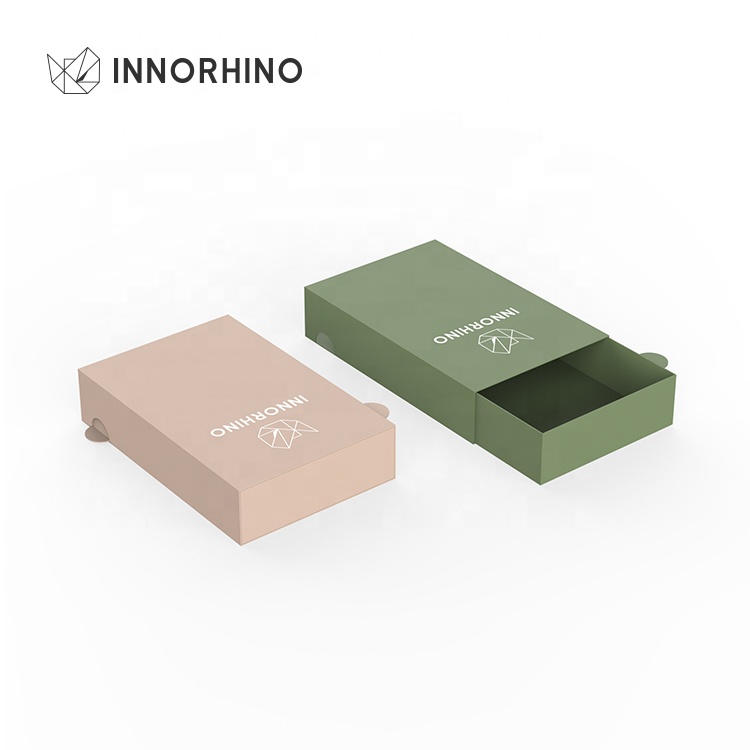
| Best for | Infused joints, chocolate bars, and other small cannabis edibles products. |
| Highlights | Child-resistant design with press-and-draw opening. Sustainable solutions. |
| Popular Customizations | Dimension; branded printing; metallic foil stamping; inserts, and more. |
| Notes | Often paired with an inner clear mylar bag to keep contents fresh and odor-free. |
#3 Jar Container (Glass/Plastic)
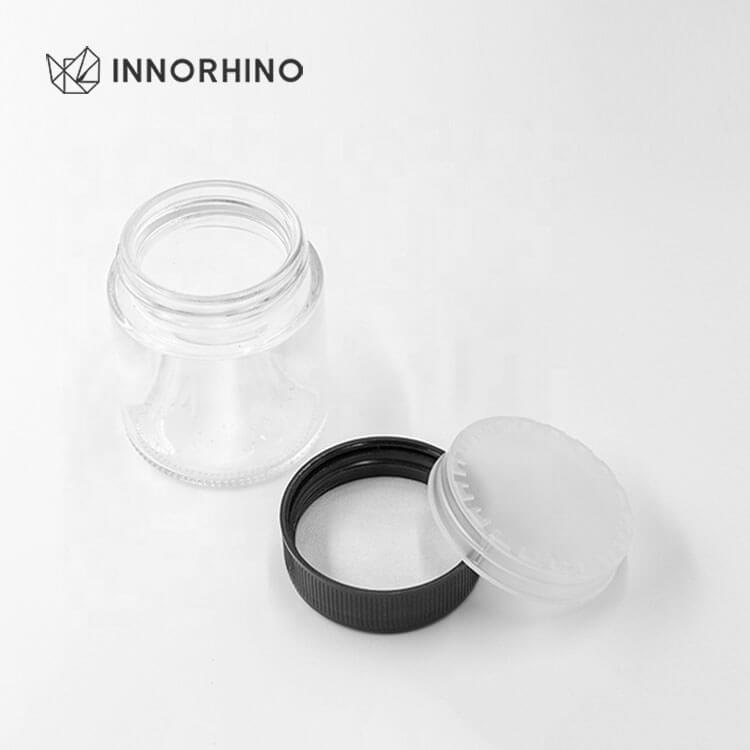
| Best for | THC gummies, monts, lozenges, etc. |
| Highlights | Child-resistant screw cap (CRC), durable, and sustainable. |
| Popular Customizations | Embossed/debossed logo design on lids; branded label stickers, etc. |
| Notes | Often paired with a size-fitted custom outer box. |
#4 Tin Case Box (Hinge / Slide)
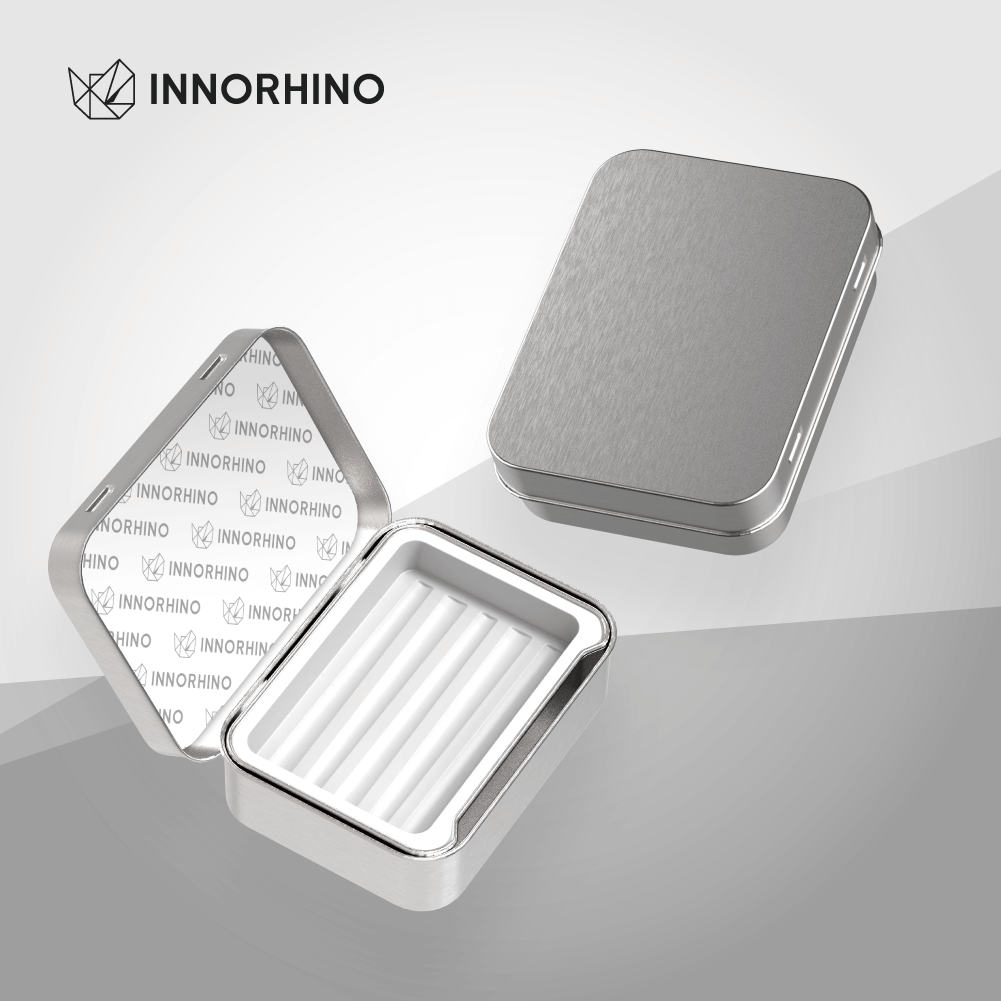
| Best for | THC gummies, hard candies, mints, infused prerolls, etc. |
| Highlights | Durable, pocket-sized, discreet, a push-and-flip child-resistant lid. |
| Popular Customizations | Embossed logo, full color printing, branded label stickers, etc. |
| Notes | – Lab-tested child-resistant mechanism – Slide tin case option also available |
#5 Round Metal CAN
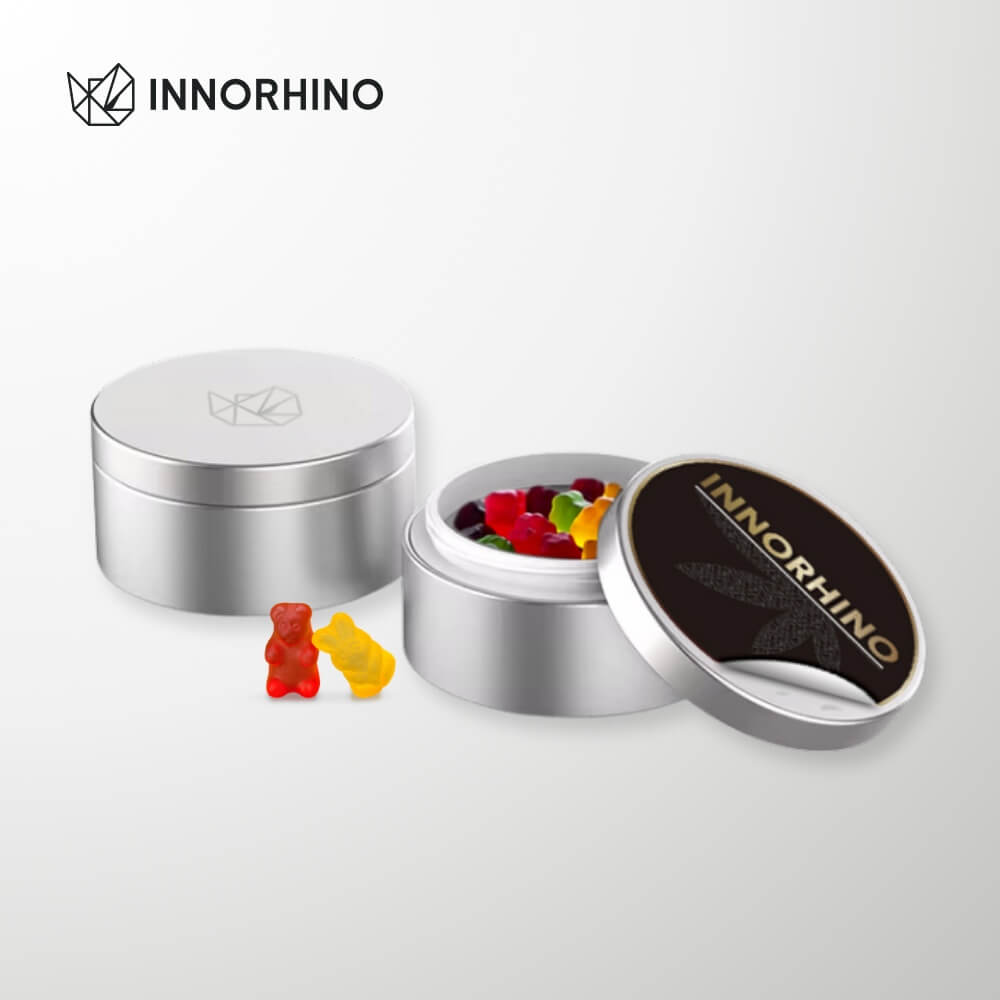
| Best for | THC gummies, hard candies, mints, and similar edibles. |
| Highlights | Child-resistant screw-top lid, secure seal, premium consumer experience. |
| Popular Customizations | Embossed logo, full color printing, branded label stickers, etc. |
| Notes | Often paired with a size-fitted custom outer carton for display. |
#6 Pop-Top Bottle

| Best for | Capsules, tablets, infused mints, and other small edible products. |
| Highlights | Child-resistant pop-top, convenient and safe, cost-effective, and lightweight. |
| Popular Customizations | Bottle colors, custom-branded stickers, hot foil Stamping LOGO, etc. |
| Notes | Familiar format for consumers. |
#7 Blister Card
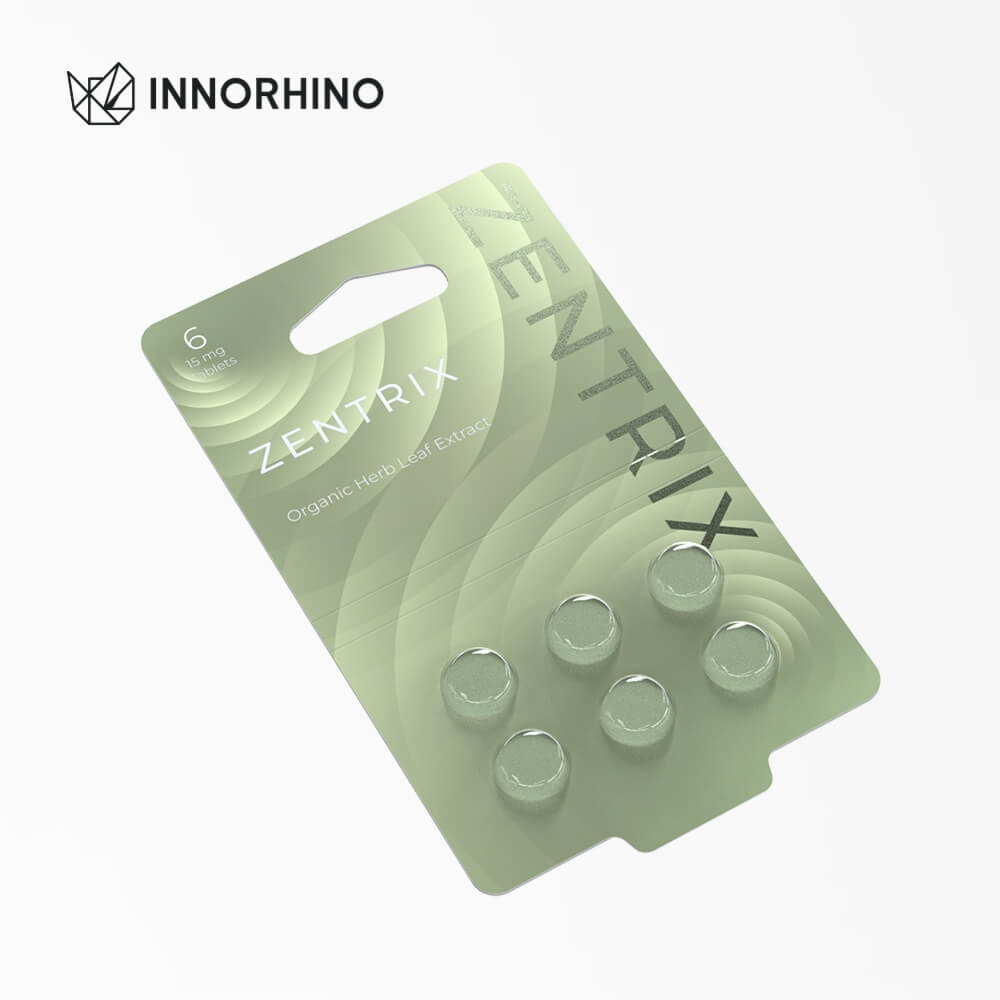
| Best for | THC or CBD gummies, mints, small chocolate pieces, mini candies. |
| Highlights | Product visibility, easy dosage control, and strong portability. |
| Popular Customizations | Branded printing and custom die-cut shapes. |
| Notes | Often paired with outer CR packaging for safety and compliance. |
By aligning your products with the right packaging type, you combine practical functionality with brand storytelling, helping your edibles stand out while staying compliant.
Tip 3 — Make Child-Resistant (CR) Packaging a Priority for Edibles

Why CR Packaging Is Non-Negotiable?
Child-resistant (CR) packaging is mandatory for nearly all cannabis edibles. Beyond meeting regulations, it shows that your brand prioritizes consumer safety.
Purpose
Child-proof and legally required in most U.S. states for cannabis packaging, including concentrate products.
How It Works
Requires dual-action mechanisms (press & twist, push & slide) that are difficult for children to open but easy for adults.
Common Types of CR Structure
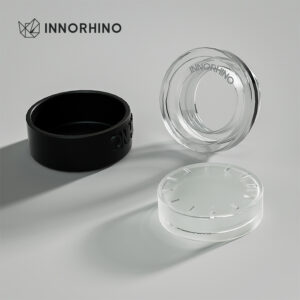
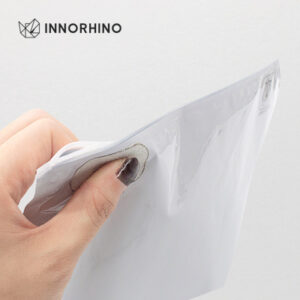
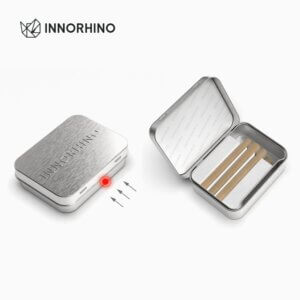
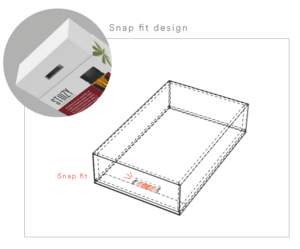
Characteristics of Effective CR Packaging
- Certified to meet ASTM or local regulatory standards
- Easy for adults to open, while preventing child access
- Durable and reliable, maintaining performance over multiple uses
- Compatible with product formats and branding—bags, jars, tins, or bottles
How CR Packaging Builds Brand Credibility
Brands that prioritize CR solutions earn consumer trust faster. Well-designed, certified packaging not only protects children but also conveys professionalism and reliability, giving customers confidence in your products.
Tip 4 — Elevate Your Edibles Packaging with Finishes and Special Effects
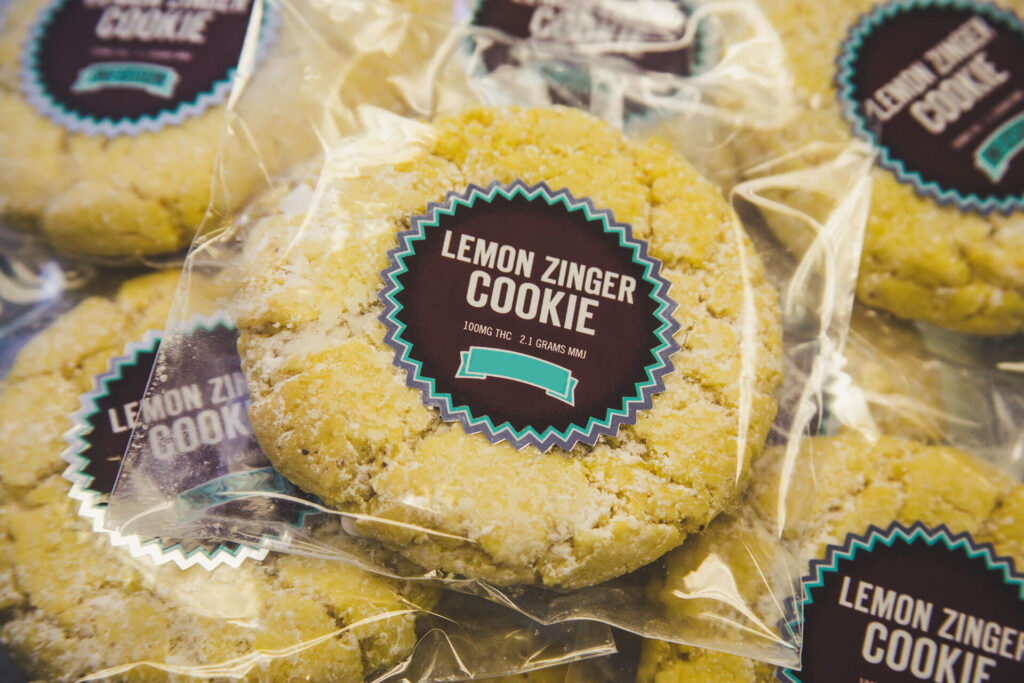
Packaging finishes and effects do more than look good—they communicate your brand story and influence consumer perception. Choosing the right materials, coatings, and effects can highlight your product’s quality and differentiate it from competitors.
Quick Guide to Finishes:
- Boxes: Foil stamping, embossing, soft-touch or matte coatings enhance premium appeal and make your logo or artwork pop.
- Containers: Textured, metallic, or glossy finishes make jars, tins, or bottles feel high-quality and align with your brand aesthetic.
- Bags: Laminated, patterned, or metallic pouches improve shelf visibility, protect product integrity, and reinforce brand identity.
A Glimpse of Our Proposals and Projects


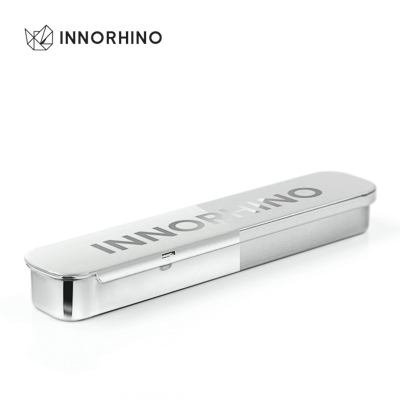


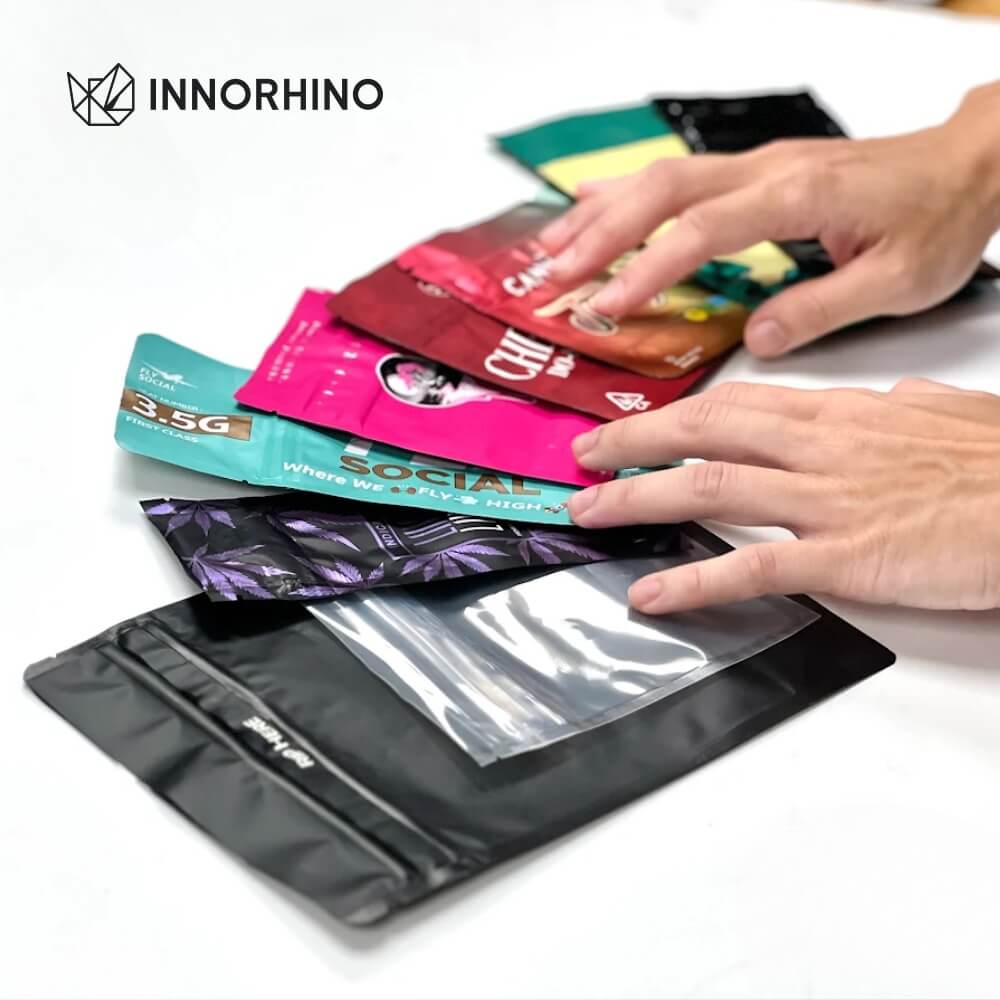
💡If you want to see how INNORHINO helps partners succeed, check out our case studies.
In summary: Applying finishes strategically elevates the unboxing experience, strengthens brand recognition, and ensures your cannabis edibles stand out in a competitive market.
Tip 5 — Work with a Trusted Packaging Supplier
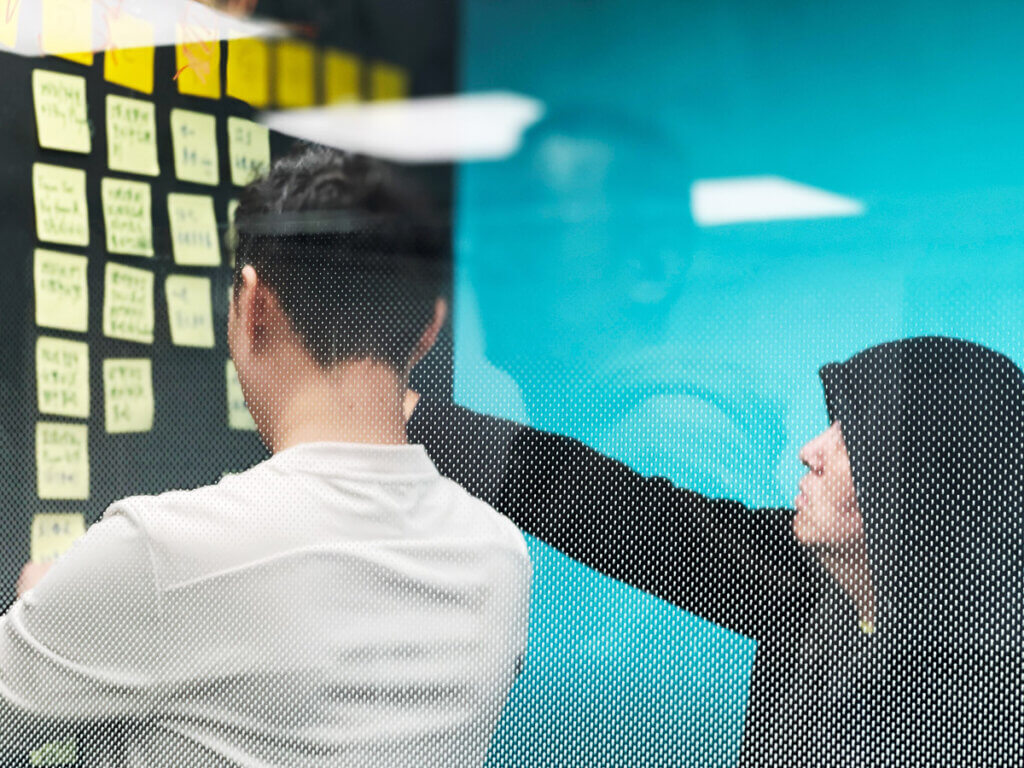
Even the best packaging ideas fall short without the right partner. A reliable supplier helps you avoid costly mistakes, streamline production, and ensure your cannabis edibles reach the market efficiently.
Key Qualities of a Trusted Packaging Partner
- One-Stop Solutions: From consulting, design approval, to production and delivery, we manage the entire packaging process.
- Proven industry knowledge: Backed by 10+ Years of Expertise and hands-on experience.
- In-House Designers: Direct, effective support from both industrial and graphic design teams.
- Efficient & Reliable Production: High-quality production and quality control, validated by our clients.
- Trusted Logistics: Smooth global shipping through long-term, trusted partners.
Conclusion

INNORHINO — Your Packaging Partner That Fits the Bill
INNORHINO meets all these criteria. With INNORHINO, your cannabis edibles packaging is not just compliant and functional—it elevates your brand, impresses consumers, and positions you for long-term success. Contact us today to start your custom packaging journey.

